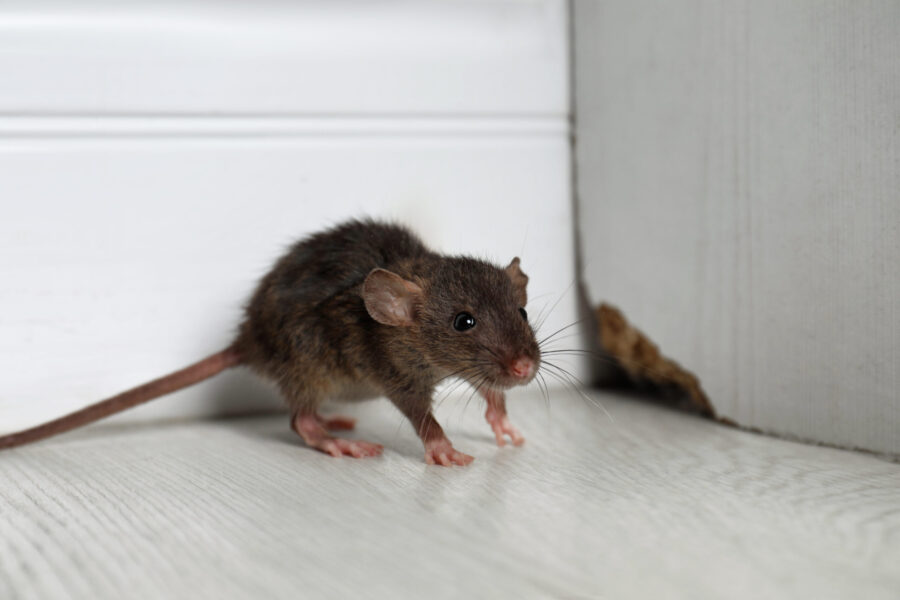Warehouse Smart Pest Management: Essential Practices and Tips
Share
In the ever-evolving landscape of warehouse management, ensuring the safety and integrity of stored goods is crucial. An often-overlooked aspect of this is warehouse smart pest management. Keeping pests at bay is essential not just for the protection of inventory, but also for maintaining a healthy work environment. When we talk about smart pest management, it's not just about setting mouse traps or spraying insecticides. Current solutions for pest control involve technology-driven, comprehensive approaches.
In this article, we will delve into the nuances of warehouse smart pest management, how new technologies are making a difference, and how you can implement effective strategies in your own operations.

Understanding the Stakes: Why Smart Pest Management Matters
Warehouses are a hub for numerous activities and store items ranging from food products to electronic goods. Any sort of pest infestation can result in significant losses, not just financially but also in terms of reputation. Every warehouse manager should be aware of potential threats and the evolving landscape of pest management. The question is, why should one choose smart pest control techniques over traditional methods?
Rodent infestations can cause damage to structural elements of a building. Beyond nibbling on packaging and goods, rodents and insects are notorious carriers of diseases. Choosing the right way to combat these threats can ensure both safety and efficiency.
Key Components of Modern Pest Control
Pest control in modern warehouses isn't just about reacting to problems; it's about being proactive. Here's what you should focus on:
Technology Integration
Innovative technology has made its way into pest management systems. High-tech solutions like motion sensors and automated traps help in early detection and elimination of pests. Additionally, data analytics provide insights into pest behavior, allowing for tailored interventions.
Regular Inspections
A staple of successful pest management, consistent inspections will help identify risks before they escalate. It's crucial to have well-trained staff or hire professional services to conduct these inspections.
Sanitation and Maintenance
Maintaining a clean environment is half the battle won. Make sure your warehouse is regularly cleaned, trash is disposed of appropriately, and potential food sources for pests are eliminated. Also, check regularly for structural damages that might make the warehouse an attractive nesting ground for rodents and insects.
Tactics for Effective Pest Control
Taking the right measures at the right time makes all the difference. There are several approaches one can take:
For a more compassionate but effective approach, consider humane mouse traps for dealing with mice problems. These traps allow for the capture and release of pests, keeping your warehouse pest-free while treating animals ethically.
Another aspect to consider is the type of pest control methods suited for larger operations. To understand more about innovative pest methods, read this innovative pest management guide.
Role of Staff in Pest Management
The people working in your warehouse play a key role in effective pest management. Providing your staff with necessary training and resources will empower them to identify and report potential issues early. Having a clear line of communication and assigned responsibilities can make pest management a smooth process.
External Resources
Don't overlook the importance of engaging with professional pest control services for large-scale operations. Knowledge and equipment provided by professionals ensure comprehensive coverage that may not be feasible in-house. For more details, visit Warehouse Rodent Control.

FAQ Section
Why are smart methods better than traditional pest control?
Smart methods are proactive, data-driven, and integrate advanced technology, ensuring greater efficiency and minimal ecological impact.
How frequently should pest inspections be conducted?
It is ideal to conduct pest inspections at least quarterly, or more often if dictated by specific circumstances or signs of infestation.
Can modern pest management be cost-effective?
While initially more expensive, technology-driven solutions tend to offer long-term savings by reducing the damage and frequency of infestations.
This article contains affiliate links. We may earn a commission at no extra cost to you.
